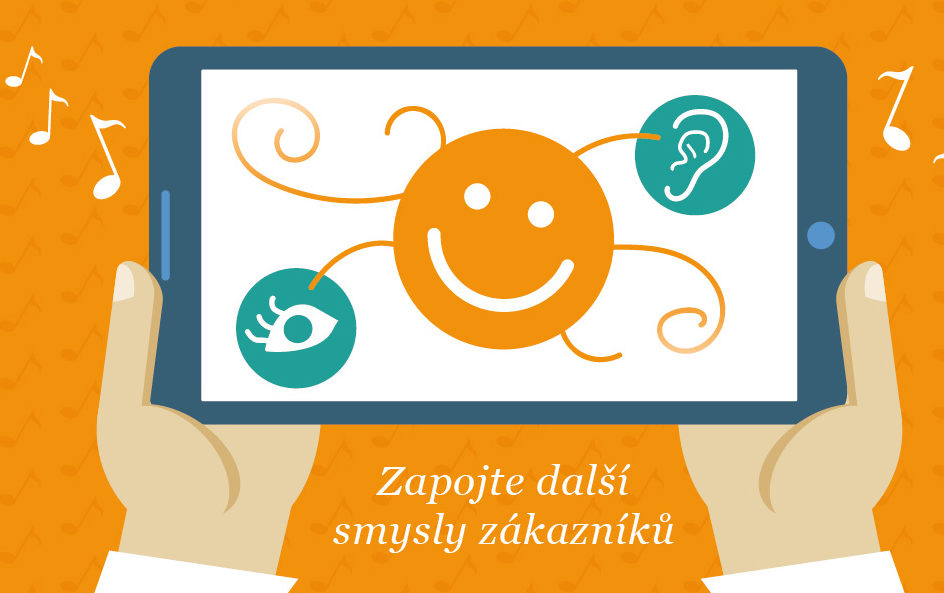News from the retail: How did DAGO prepare clients for Easter?
Easter is another time for traders right after Christmas when they can let their imagination run riot and cut a dash with some imaginative display.
DAGO HAS FOCUSED ON CARDBOARD, BUILDING-UP A NEW HALL IS BEING PREPARED
Last year, we recorded a 40% increase in turnover in cardboard projects.
Ireland goes for honey from Czech bees
Tullamore D.E.W. Honey was launched into the market last autumn.
The distillery “Palírna U Zeleného stromu” shows a distilling house and attracts to the taste of new Heffron rum
In recent weeks, the Dago communication agency has carried out several realizations for the products of the Czech liqueur distillery “Palírna U Zeleného stromu”.
Children and adults will love the new display “Veselá kráva” by Dago
Cheese from “Veselá kráva” and popular snacks “Sýr a Křup” attract the attention of almost all passers-by these days. Dago has created a new shop-in-shop for the company “BEL sýry”.
CHRISTMAS SUMMARY: HOW DAGO SUPPORTED CLIENTS AND THEIR BRANDS
Pre-Christmas time is absolutely crucial when it comes to selling anything. It is also a time when the best displays are created with the goal to attract as many shoppers as possible. How did Dago deal with this?
CAFÉS INSTEAD OF BANKS: EVALUATION FOR MARKETING & MEDIA
The fact that consumers and their preferences are changing is also evident in the design of bank branches.
LET´S NOT UNDERESTIMATE THE MILLENNIALS OR WHERE TO LOOK FOR EMPLOYEES?
Under the pressure of pandemic changes, our industry is now in Renaissance era.
YOU CAN BUY VITANA AND HAMÉ ASSORTMENT DIRECTLY IN THE CHRISTMAS KITCHEN
Vitana and Hamé products already take a traditional position in Czech households.
WE WON A TOTAL OF SIX AWARDS AT THE POPAI AWARDS COMPETITION
On Thursday, November 25th, the results of the POPAI Awards competition were announced, in which the best in-store communication projects at the point of sale on the domestic and foreign markets are being awarded. This year, we succeeded again and won a total of six awards.
Sensory shopping or how to catch into the net

When shopping, we perceive the environment and offered products using several senses. It is therefore advantageous to influence customers through more senses, but among other senses the eyesight, which is decisive when choosing goods, plays the main role. Eyesight controls approximately 80 % of purchasing decisions.
Multisensory marketing that includes senses of hearing, smell, taste and touch is gradually more and more developing. These are very powerful associated stimuli that strengthen the effect of visual perception many times. The reason is that they bring the desired emotional interest much faster. The TNS research from 2007 found out that confectionery purchase is influenced mostly by the atmosphere that arouses the appetite for sweets. In other words, if a seller wants to stimulate sales of confectionery, he should primarily focus his attention on arousing the appetite for sweets. It does not mean directly tasting – actually, the act of tasting may decrease the appetite for sweets satisfying the appetite and thus the desire for the impulse purchase may be smaller. Using a strong visual perception is effective, for example chocolate bar after the first bite or chocolate just being mixed. It is a stimulation that may evoke “the Pavlov reflex”, a customer will literally “start to slobber” in such created atmosphere and then buy products without even thinking about it before.
The effect of the visual perception may be even increased many times using a suitable chosen aroma, which does not even have to be the chocolate fragrance – as in the case of tasting, it has a tendency to “satisfy” customers without buying anything. Nowadays there exist sophisticated techniques that can identify relevant aromas or sounds for concrete product categories being used to stimulate appetite or interest in concrete goods or services. As an example, we can mention the well-known principle of spreading the coffee fragrance in tobacco-stores – as this aroma stimulates appetite for tobacco products – or spreading the fresh bread fragrance in food stores used as a stimulus evoking hunger – and hungry person buys more than someone who is full.
The last mentioned sense that can be stimulated at points-of-sales is the sense of touch. An example of using tactile perception within the communication at points-of-sales is the Milka sales display using a plush cow head luring to caress it. That is how customers get near displayed products and the pleasant tactile feeling motivates them more to put chocolates into their shopping carts.
Multisensory marketing works mainly subliminally, and so various biometric methods are used to choose suitable aromas or sounds. In principle, these methods measure what happens based on visual, acoustic, tactile and olfactory stimuli in such parts of the brain which seller needs to be activated at the right moment (neuromarketing). But don´t think that producers and sellers make robots from you this way. Stimulation of multiple senses loses its effect when a customer is not satisfied with purchased products. In this case, there is not repeated purchase, which is crucial for the fast moving consumer goods.
Daniel Jesenský, DAGO, s.r.o.
daniel.jesensky@dago.cz

 SK
SK


